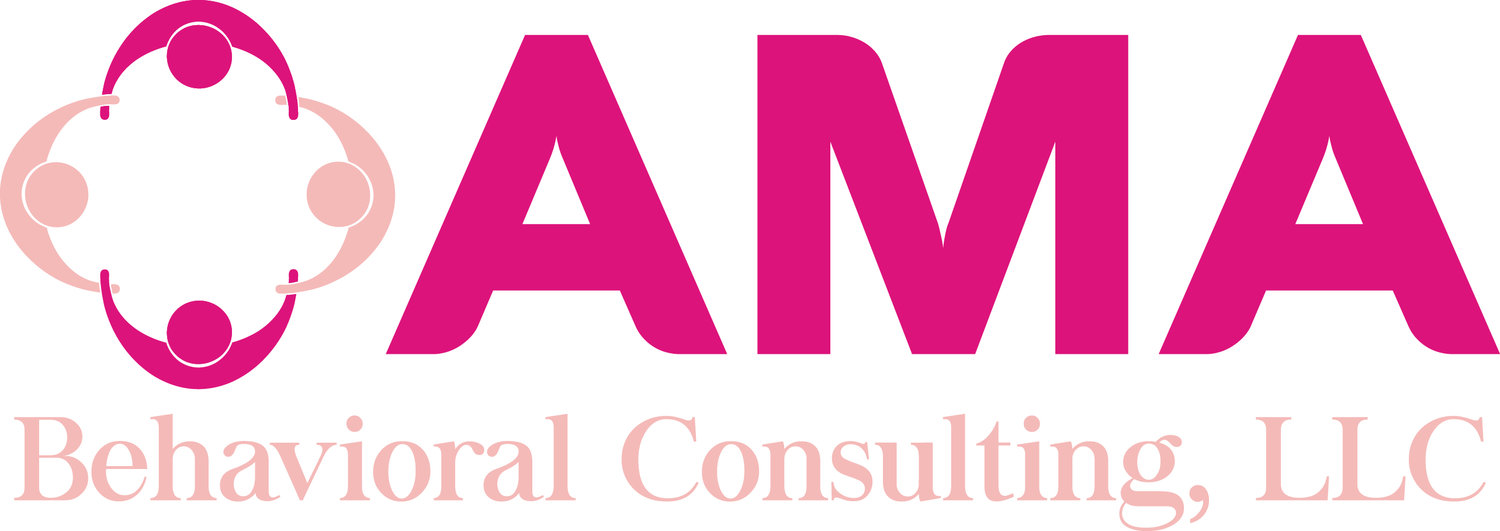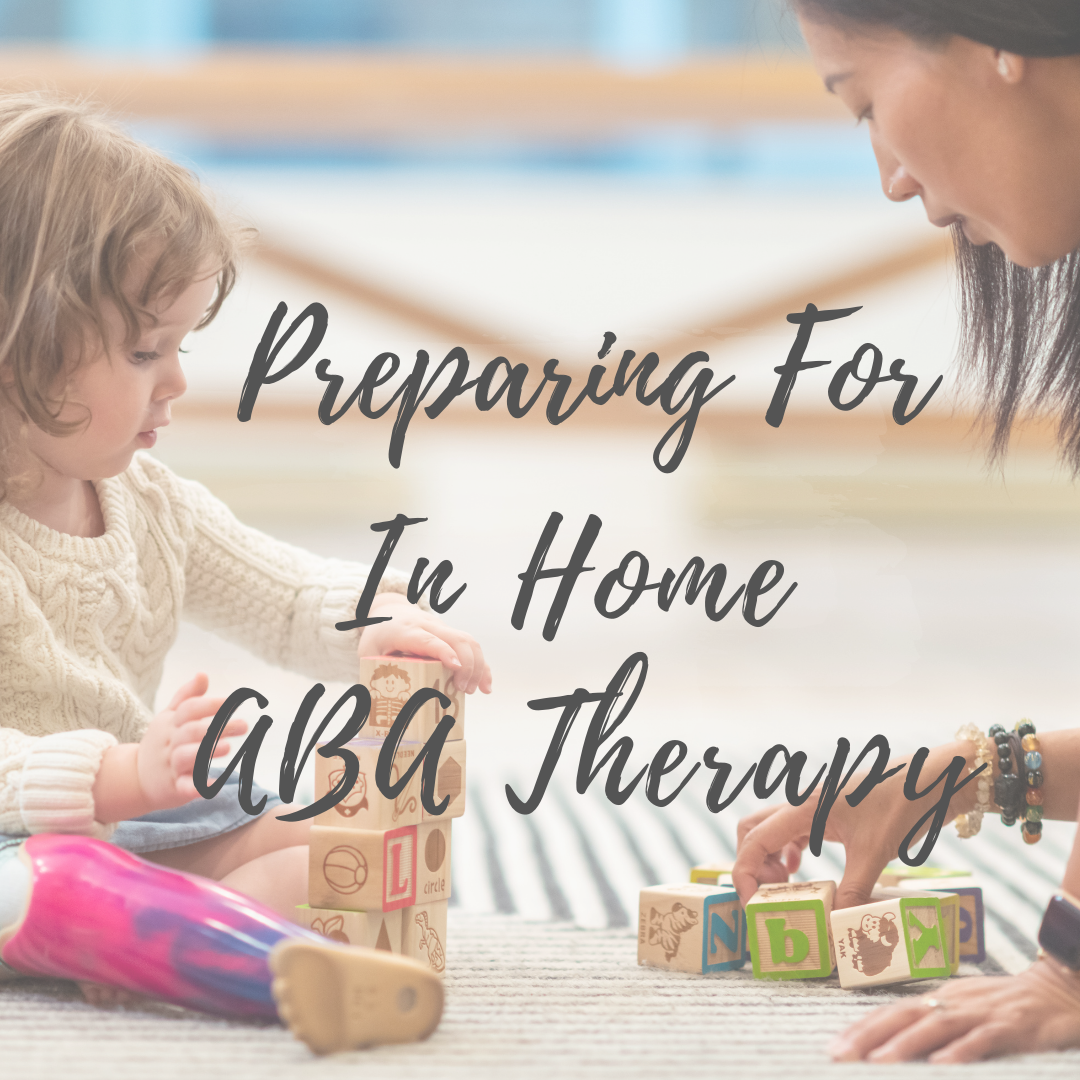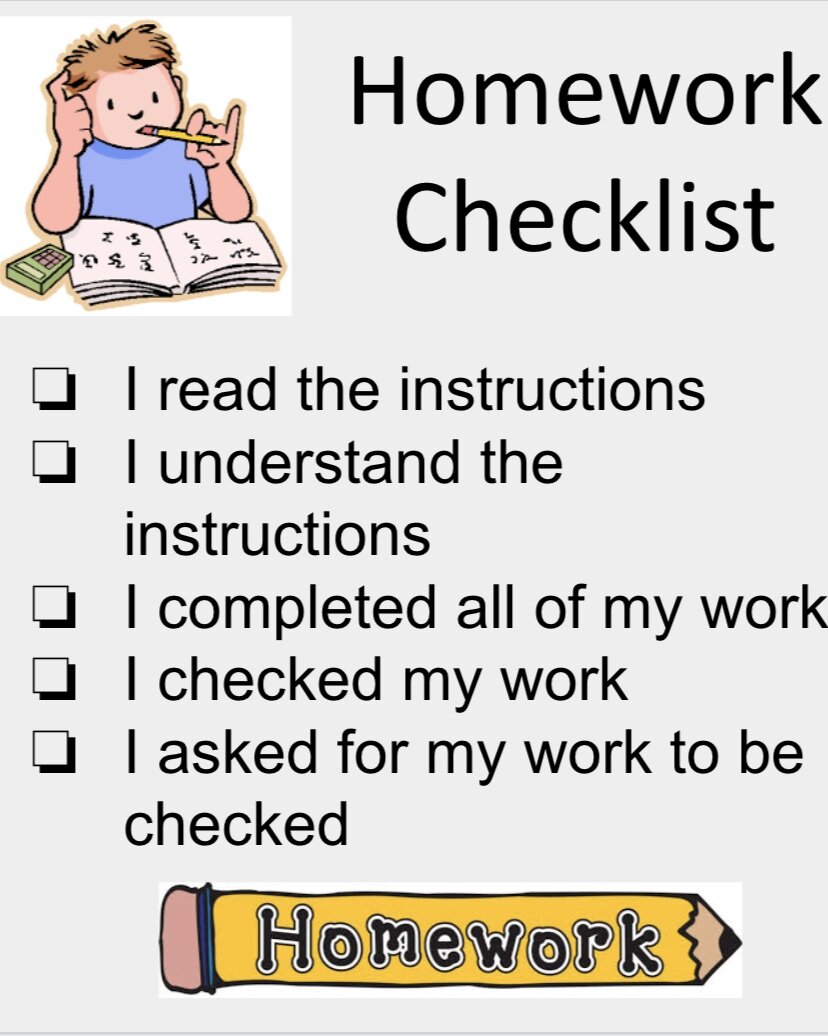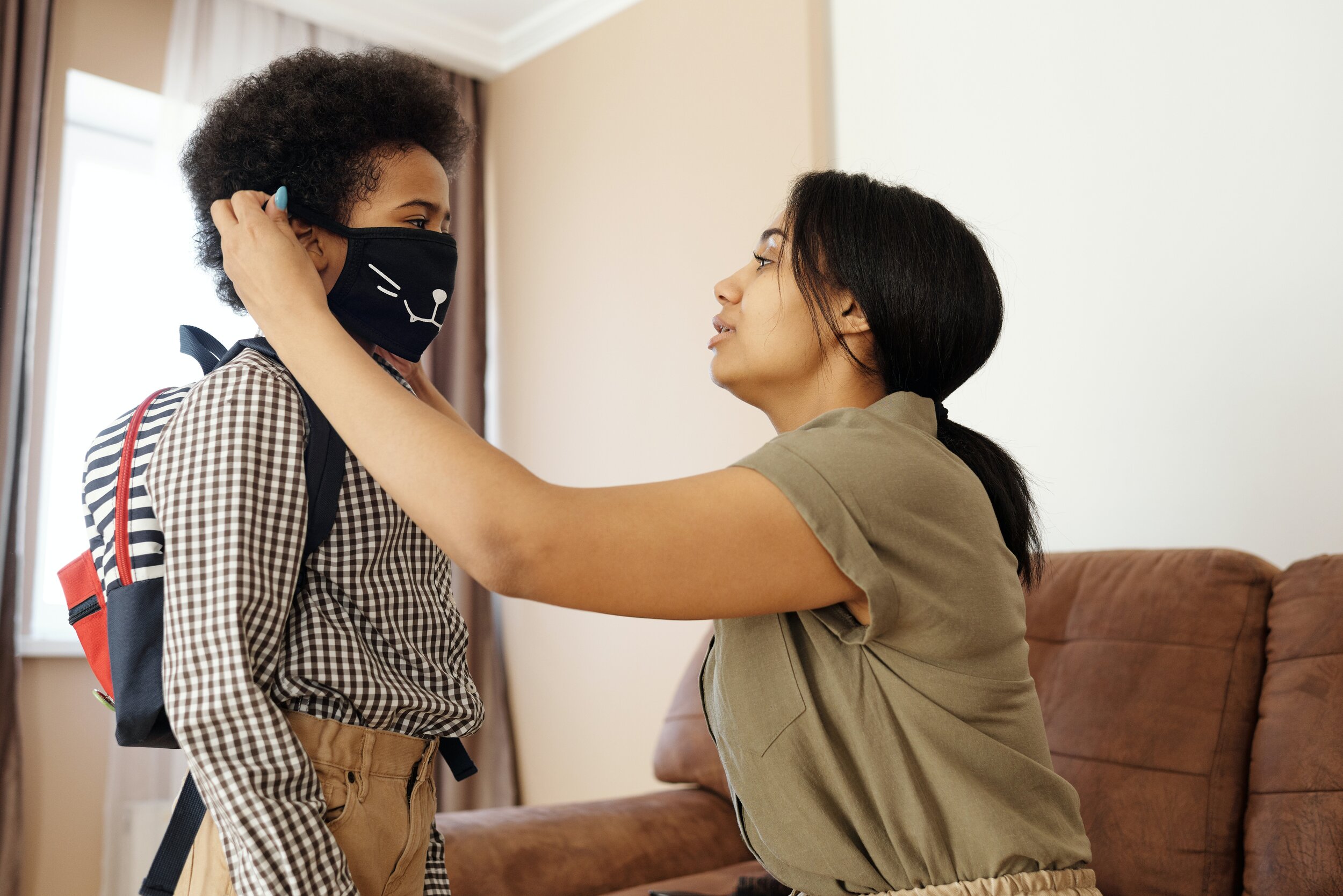Preparing For In Home ABA Therapy
/Read Time: 5 Minutes
ABA Therapy hours were approved and you are ready to get started, YEY!! 🎉 You are probably asking yourself what you may need to do to get your home ready for sessions. Below you'll find a simple guide to setting up your home for success with in-home ABA therapy services.
House Rules: Let us know what your house rules are so that we may all may follow them (i.e. any cultural practices, no shoes inside the house, noise levels, etc).
Access to your home: Letting your team know any areas that they can have access to. We love to teach in the child's natural environment and sometimes this may look like playing in the room with their favorite doll house, playing with chalk outside and teaching new skills like riding a bike around the neighborhood!
YOU! We love when our parents are a part of our sessions. We love to teach in the moment when implementing any techniques or protocols and want to make sure you feel confident in them when we walk out.
Also note: You know your child best! If you notice your child may be doing something different than usual or may be having an "off day" (i.e. may be getting sick, didn't sleep well), let us know so that we may modify our activities for the day to best help them.
Your child's favorite toys: We love incorporating your child's favorite items within our sessions and teach through play (see Natural Environment Teaching)!
Table and chairs: Sometimes we will complete activities that require a table and chair (i.e. homework activities, teaching trials that require a flat surface, messy items like kinetic sand or slime that we'd like to keep in a contained area and not on your floor (you're welcome 😉)) (see Discrete Trial Teaching).
Distracting Items and/or Activities: Blenders, vacuum cleaners, dump trucks, TV's & siblings! We love teaching in the home because we are able to work through some of the most common distractions however, there may be some that are TOO distracting and should be kept to a minimum when our therapist arrives. Our team will review these items with you and how we can work together to minimize or bring these into sessions.
Code of Ethics: All therapists in an ABA therapy team have a Code of Ethics to abide by. We always recommend that our parents review this Code of Ethics and ask any questions to their child's case manager if any areas are violated. Parents are able to report any violations to the Behavior Analyst Certification Board.
We encourage our families to observe our sessions and ask any questions you may have in the moment. Communication and commitment to our families are part of our values at AMA Behavioral Consulting and we want to ensure we share our knowledge in each step of the way.
We hope this list was helpful and if these services seem like a great fit for you, make sure to fill our contact form here.











